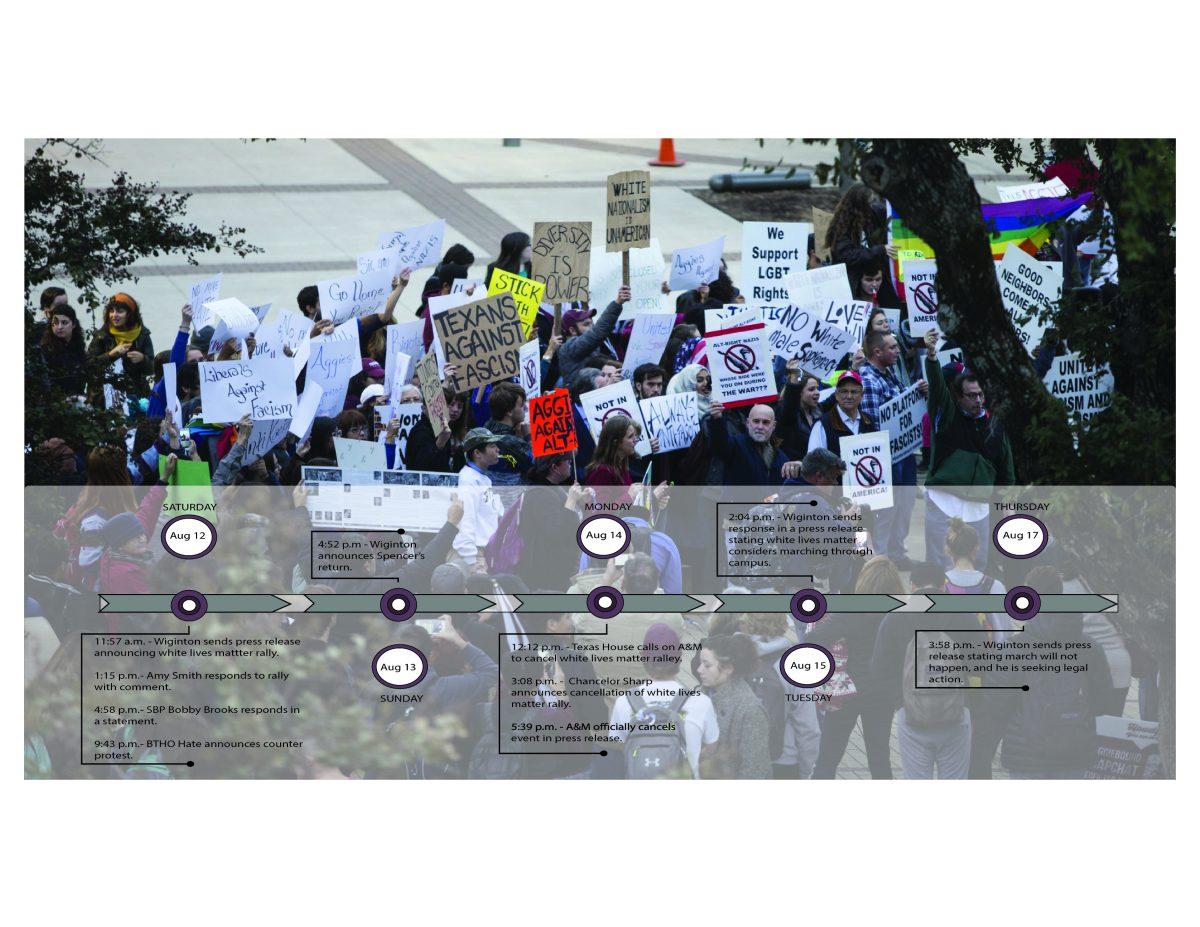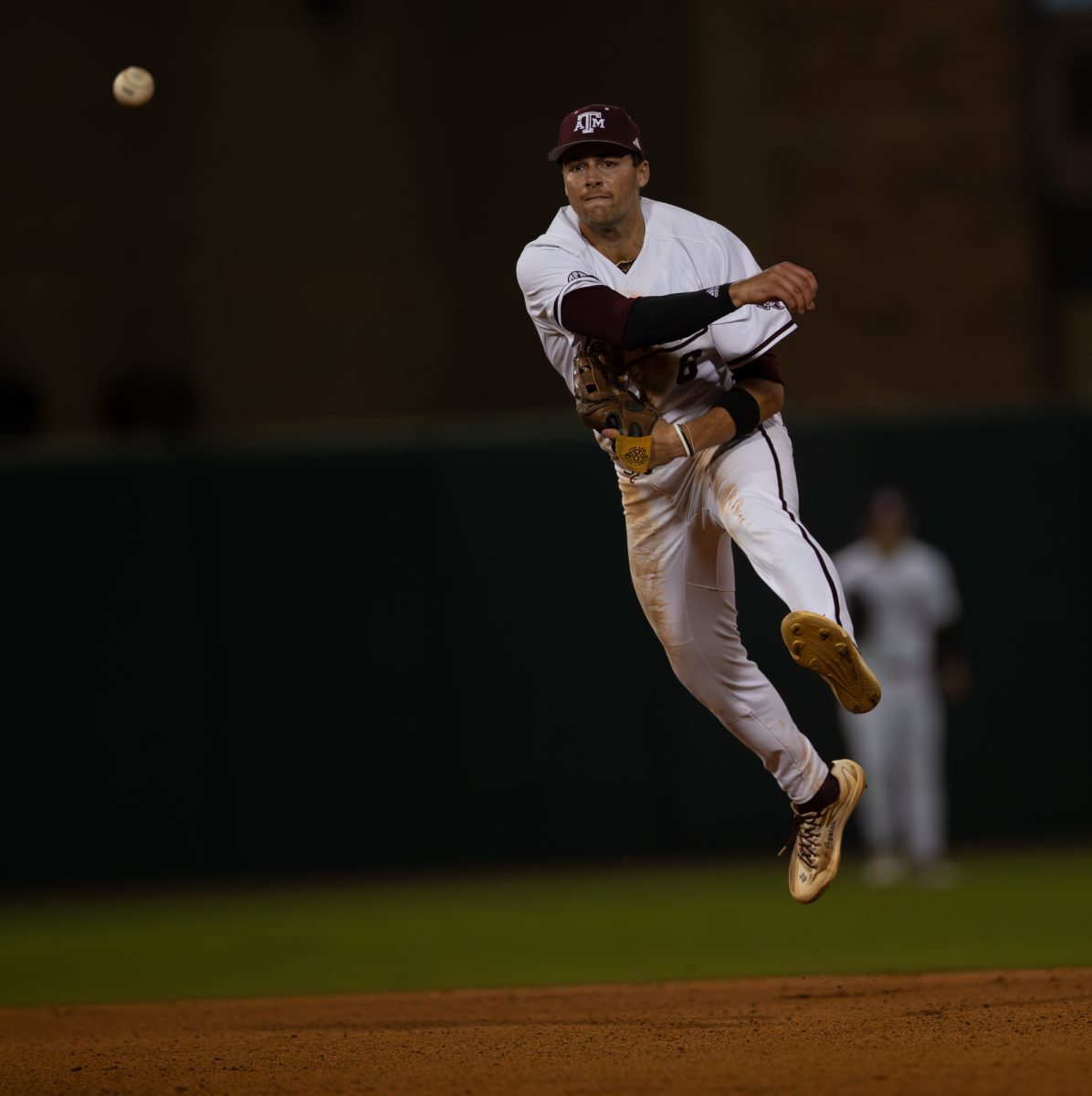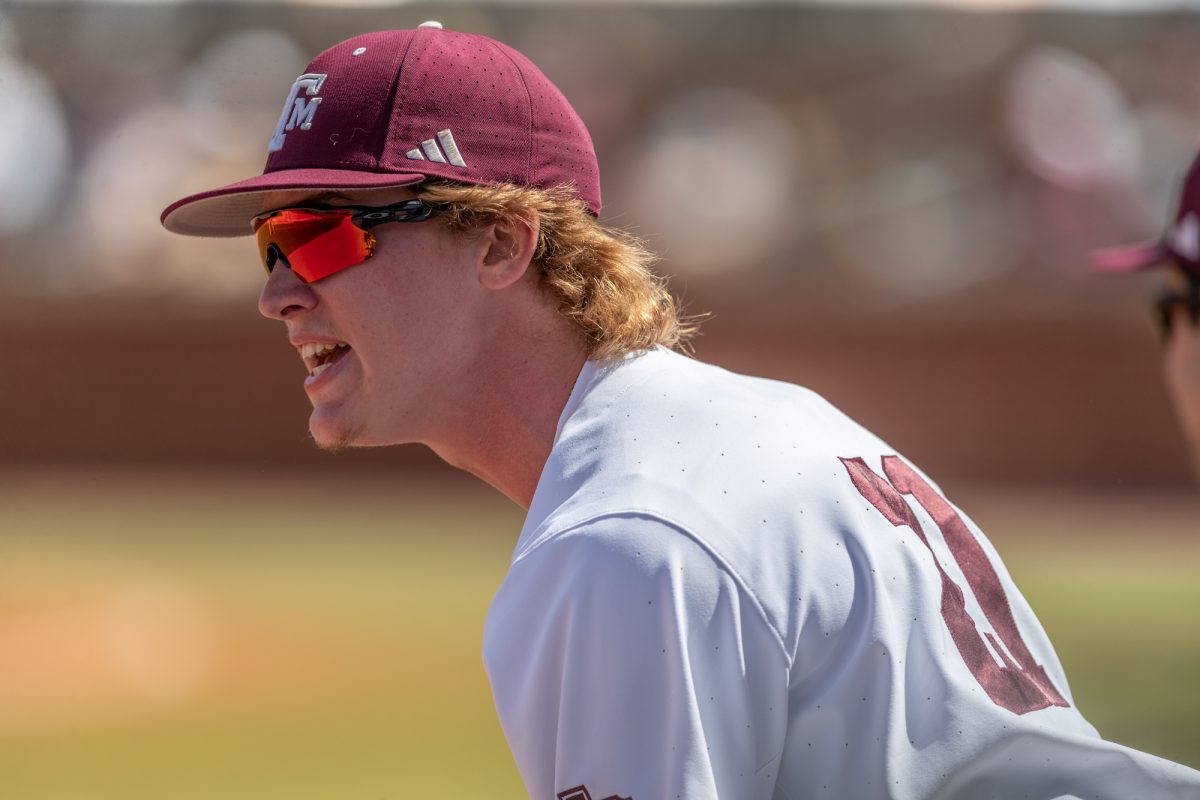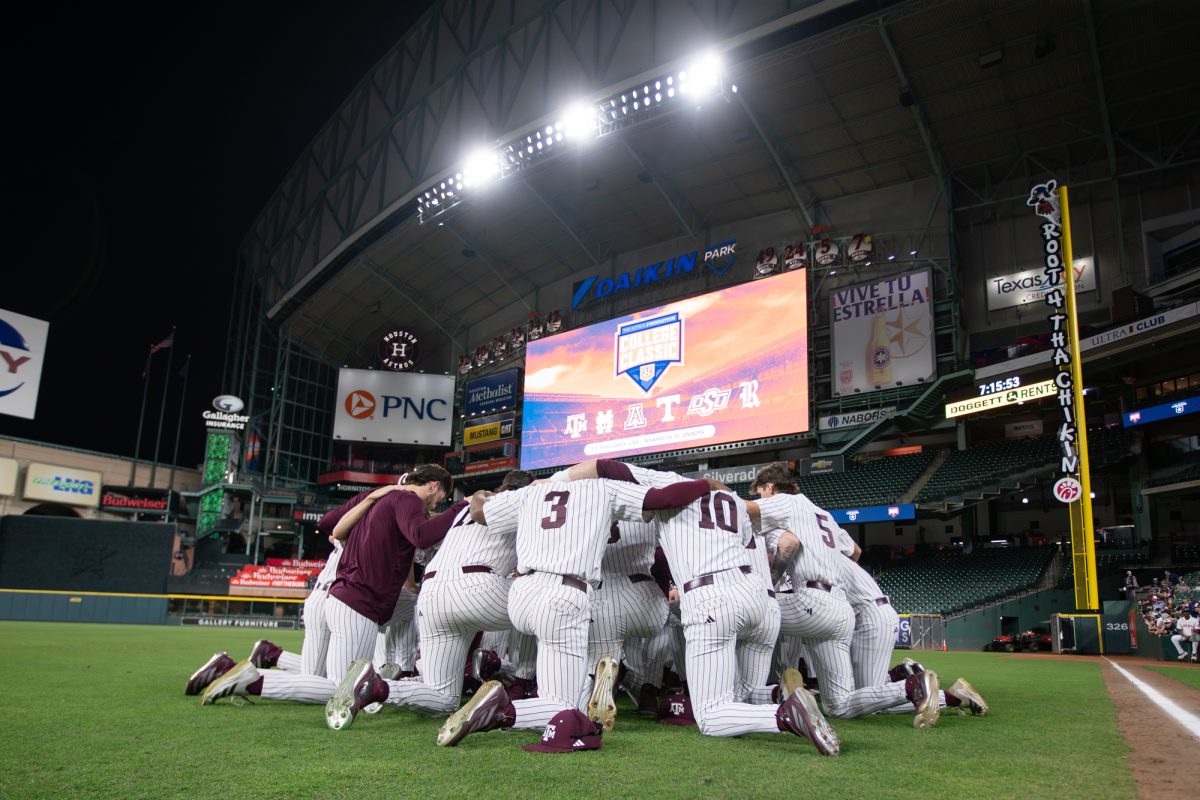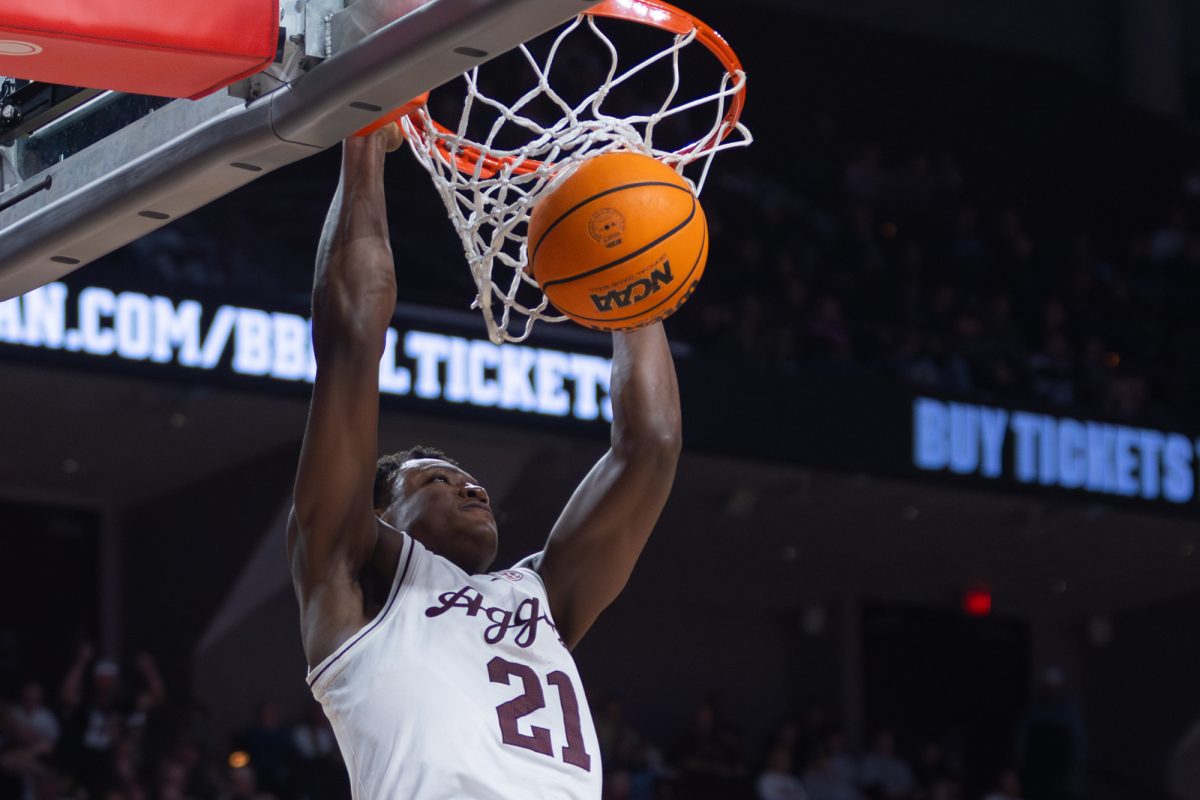As chaos began to erupt in Virginia during a “Unite the Right” rally on Aug. 12, a press release was sent to Texas journalists titled, “Today Charlottesville, Tomorrow Texas A&M.”
The events that followed would result in a spotlight, yet again, being pointed in Texas A&M’s direction. As statements were released, counter-protests planned and a rollercoaster of information reported by local and national news sources, the university and its students would find themselves at the forefront of an issue gripping the American people — white nationalism.
What started it all
The press release, sent out at 11:57 a.m. on Aug. 12, described a white lives matter rally that would be taking place on Sept. 11 from 9 a.m. to 4 p.m. in front of Rudder Fountain. Preston Wiginton, an “alt-right”organizer, was the author of the release and planned the rally.
Soon after the press release’s announcement, A&M would come under criticism by students, both current and former, for allowing another white nationalist event to take place.
Around 1:15 p.m., Amy Smith, executive vice president of marketing and communications, responded to the planned rally, reiterating the comments the university made last December during Richard Spencer’s speech.
“His views and those of the group he represents are counter to the core values of Texas A&M,” Smith said. “While he has the right of free speech, so too do we have the right to refute those views and get on with the daily business of a world class university.”
Smith’s statement illustrated the conundrum A&M found itself in with Spencer’s speech last December and again this past week: A public university trying to balance the weight of the constitution and the core values they promote.
As news began to spread, student leaders began to respond to the situation that was unfolding. Student Body President Bobby Brooks gave his thoughts in a statement.
“I will never know what it is like to be a student of color at Texas A&M University and in this world, but I acknowledge that this rally, offensively hosted on September 11th, signifies hatred,” Brooks said. “As Aggies, we are better than people who attempt to derail our safety and our right to receive an education.”
Brooks would voice the words most students were writing across all social media platforms. His ideas were not contained to current students. Kathryn Greenwade, vice president of The Association of Former Students would go on to tell The Eagle that The Association received about 50 to 100 phone calls from former students condemning the event.
“They don’t want this group associated with Texas A&M,” Greenwade said.
At 4:52 p.m. on Aug. 13, Wiginton again broke news by sending out a release stating “alt-right” leader Richard Spencer would return to Texas A&M for the rally.
The events that followed
The next day, Aug. 14 around noon, the Texas House of Representatives would call on A&M administration to cancel the event. This would give A&M administration the backing needed to securely and confidently cancel this rally.
Three hours later, Texas A&M System Chancellor John Sharp announced the school would not host the rally.
As the public waited for an official comment from the university, current students celebrated the cancellation of the event on social media. However, there were a few students commenting on issues surrounding free speech.
Later that day, at 5:39 p.m. Texas A&M University released a press brief officially announcing the event’s end.
The administration cited three main reasons behind denying the white lives matter rally access to speak on campus: Safety concerns, disruption of classes and their policy change following last year’s white nationalist speech in which speakers cannot host events at A&M without the backing of a student group.
Student leaders responded with pride concerning the school’s decision. Adam Key, BTHO Hate organizer, who planned one of the original counter-protests, said he and his organization felt the Aggie Spirit come alive when the BTHO Hate response was announced.
“We applaud the university’s decision to cancel the event for the safety of all involved,” Key said. “At the same time, we are touched by the support and dedication of the members of the Aggie community and beyond. We plan to keep that momentum going by holding our own event.”
Eighteen hours after A&M canceled the event, Wiginton sent his own response announcing his plans to pursue legal action against A&M and the potential of marching on a street next to campus.
Where we are and what is to come
A&M’s decision was both swift and controversial. Although it garnered support from the public, there are those who believe canceling the rally and denying their speech could be a step towards fueling the white nationalist fire and their attempts to recruit young people to their cause.
Since A&M’s cancellation, Southeastern Conference schools University of Florida and Louisiana State University both canceled events put on by white nationalists.
Wiginton sent out one last release stating his intention to not move forward with his plans of marching through a public street near A&M’s campus. However, Wiginton said he still plans to move forward with plans to take A&M to court over this issue.
Yet again, A&M was forced to enter into a national conversation surrounding free speech, white nationalism and how a public university handles hate groups coming to campus.
While it is unclear how the situation will unfold going forward, The Battalion is committed to reporting what will come next.
The week of white nationalism
August 21, 2017
Photo by File, Graphic by Hayley Douglas
An overview of the events surrounding the planned and canceled white lives matter rally spanning over six days.
0
Donate to The Battalion
$2790
$5000
Contributed
Our Goal
Your donation will support the student journalists of Texas A&M University - College Station. Your contribution will allow us to purchase equipment and cover our annual website hosting costs, in addition to paying freelance staffers for their work, travel costs for coverage and more!




